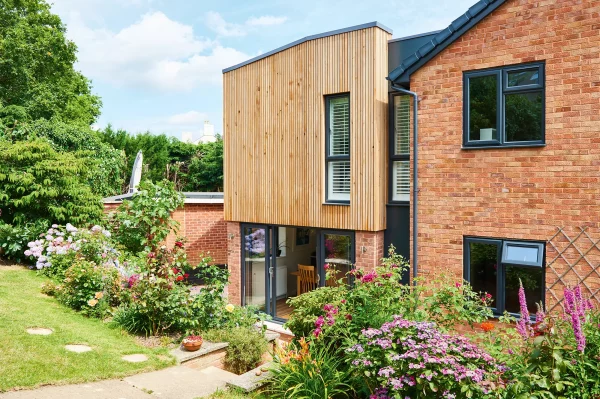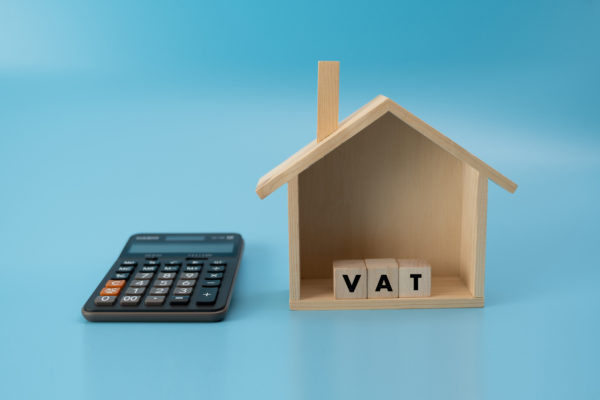Whatever happened to the humble bungalow, or even the not so humble version? There’s a huge demand for them, in fact there are estate agents devoted to selling nothing else, so why are there not more being built or appearing on the housing market?
I suppose there are a number of reasons. I had a friend whose family home was a bungalow, but it’s rare to see that these days because single-storey properties have become very much associated with ‘senior living’.
That’s not surprising, given an absence of stairs is the main selling point, offering the chance of independence for far longer than in a multi-storey home.
The thing is, we are going to need more and more bungalows to meet demand. By 2038, 40% of rural households will have someone over 65 living there, yet there is little incentive for developers to address this.
With the exception of McCarthy & Stone, it’s difficult to see any major builder offering single storey dwellings, and the number constructed has declined from 26,000 in 1986 to just 2,600 in 2017.
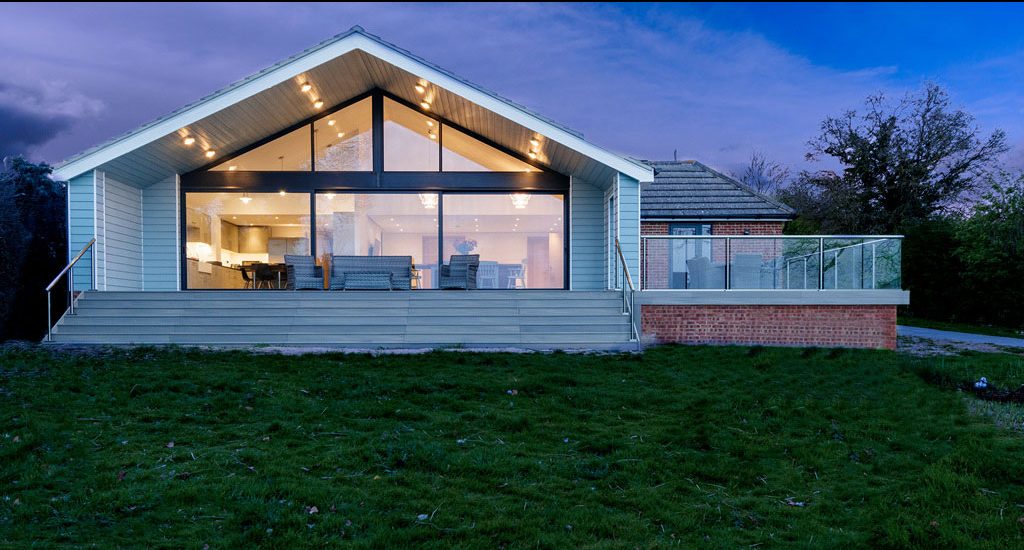
This bungalow in Kent was in a sorry state, having suffered years of neglect. Plus, there was no insulation. Homeowners Jon and Angela knew they wanted to alter the bungalow quite radically, but they’d never done any major structural projects before, and were unsure about their options. Read more: New England-Style Bungalow Renovation & Extension |
It’s understandable, as with development land at a premium, bungalows do not offer
the best profitability for developers. They take up a lot of space relative to a multi-storey property, and because they are spread over one floor, pricey bits like the roof and foundations are twice as big and therefore twice as expensive to build.
Whenever I see an old bungalow these days, I think the same as a developer would – is it worth knocking it down and starting again? The numbers don’t add up in all parts of the country, but they usually do in hotspots like the south east of England.
If the house is demolished and replaced with a better, more efficient and probably larger home, VAT can be claimed back on the materials and labour is zero rated, making it virtually a no-brainer financially.
That saving on VAT will usually cover demolition and architectural costs. Renovating or extending a bungalow would attract 20% VAT, as would adding another floor.
If you wanted to sell, you’d also negate the 17% premium that bungalows attract due to their relative rarity, (according to Rightmove) so do your homework before committing to that course of action.
But if developers can’t or won’t meet this housing need, it leaves the perfect opportunity for self builders to fill the void.
The average self builder is 51 years old and rising. Older people creating a bespoke home from scratch will certainly have one eye on future-proofing, so it’s no wonder they generate the most bungalows of any developer group in the country.
These properties might cost slightly more to construct, but seeing as most of us would intend to leave that last great dream bungalow feet first in a box, does that really matter?
Main image: A modern bungalow clad in Larch, designed by Mole Architects
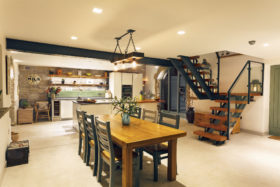
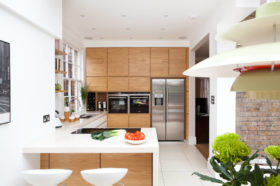

















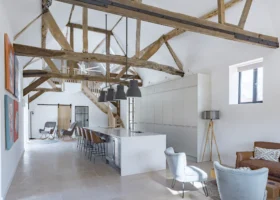















































































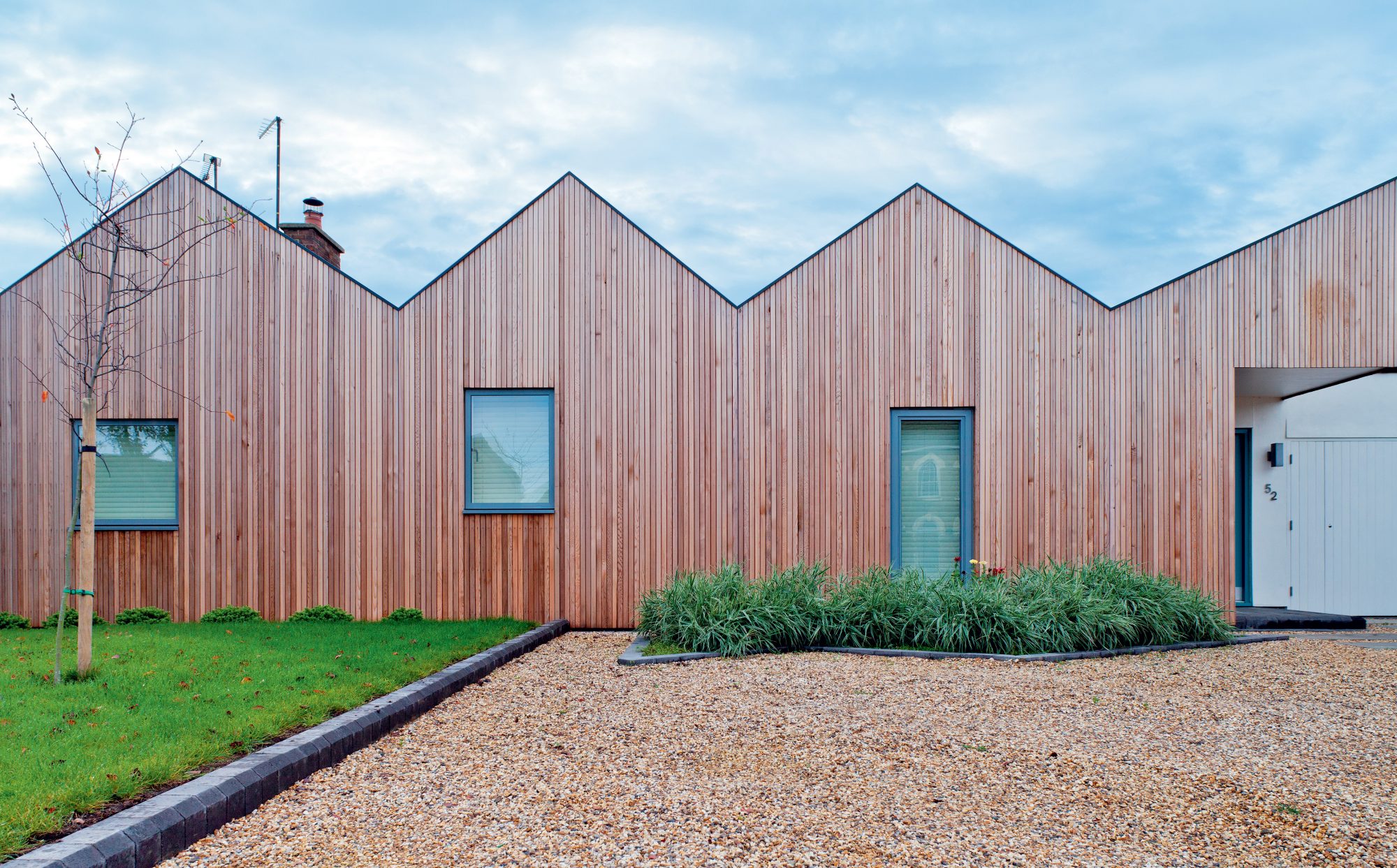
 Login/register to save Article for later
Login/register to save Article for later


